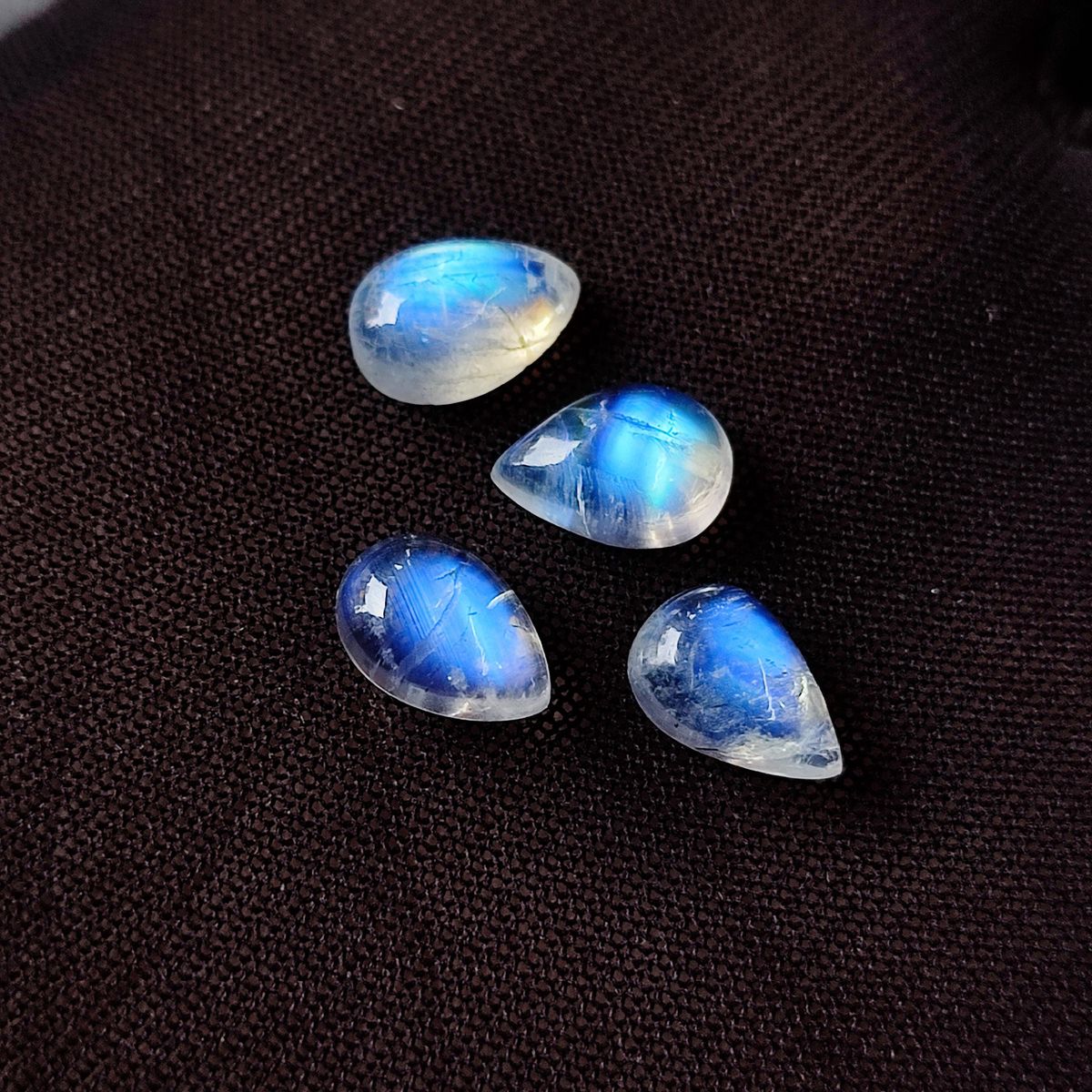Linen Tencel Fabric: A Comprehensive Guide
As consumers become more conscious of sustainability, comfort, and ethical sourcing in the textile industry, blended fabrics that offer the best of multiple materials are becoming increasingly popular. One standout among these eco-friendly blends is Linen Tencel fabric — a combination of two natural and sustainable fibers that brings together the timeless appeal of linen and the innovative softness of Tencel.
In this article, we’ll explore what Linen Tencel fabric is, how it’s made, its advantages, its uses in fashion and home textiles, and why it’s becoming a favorite among designers and eco-conscious consumers alike.
What Is Linen Tencel Fabric?
Linen Tencel fabric is a blend of two fibers:
- Linen, made from the flax plant, is known for its breathability, strength, and natural texture.
- Tencel, a brand name for lyocell fibers produced by Lenzing AG, is made from sustainably sourced wood pulp (usually eucalyptus, beech, or spruce trees). It is known for being silky-soft, durable, and environmentally friendly.
When these two fibers are blended—commonly in ratios like 70% Tencel / 30% Linen or 60% Linen / 40% Tencel—the result is a fabric that carries the best qualities of both: softness, breathability, durability, and a luxurious drape.
How Is Linen Tencel Fabric Made?
The process begins by harvesting and processing both fibers individually:
- Linen is extracted from flax through retting, drying, and spinning.
- Tencel (Lyocell) is made by dissolving wood pulp in a non-toxic organic solvent, which is then spun into fibers in a closed-loop process that recycles 99% of water and chemicals used.
Once the fibers are ready, they are blended together during the spinning process to create a yarn. The yarn is then woven or knit into fabric.
The blend ratio affects the texture and weight:
- More Linen adds crispness and texture.
- More Tencel adds softness and drape.
Characteristics of Linen Tencel Fabric
| Feature | Description |
| Texture | Smooth with a subtle natural texture from linen. |
| Weight | Lightweight to medium-weight, depending on blend. |
| Drape | Excellent drape, especially with higher Tencel content. |
| Breathability | Highly breathable, suitable for warm climates. |
| Moisture Management | Absorbs moisture effectively and dries quickly. |
| Hypoallergenic | Gentle on the skin, good for sensitive skin types. |
| Durability | Strong fibers make the fabric long-lasting. |
| Wrinkle Resistance | Less prone to wrinkling than pure linen. |
Benefits of Linen Tencel Fabric
1. Comfort and Softness
Tencel fibers give this fabric a silky, smooth finish, making it far softer than traditional linen. It feels gentle against the skin and doesn’t have the scratchiness often associated with linen garments.
2. Sustainable and Eco-Friendly
Both Tencel and Linen are derived from plants and produced with sustainability in mind. Linen requires minimal irrigation, and Tencel’s closed-loop process ensures minimal environmental impact.
3. Temperature Regulation
Linen Tencel fabric is naturally breathable and moisture-wicking, which helps regulate body temperature in both hot and cool climates.
4. Easy to Care For
Compared to pure linen, this blend resists wrinkling better and is less prone to shrinking, making it easier to maintain.
5. Versatility
Whether for fashion or home decor, this fabric works well for a wide range of uses. It’s suitable for everything from dresses and shirts to curtains and bed linens.
Common Uses of Linen Tencel Fabric
In Fashion:
- Summer Dresses and Skirts
- Blouses and Shirts
- Trousers and Jumpsuits
- Loungewear
- Scarves and Wraps
In Home Textiles:
- Curtains and Drapes
- Cushion Covers
- Bedsheets and Duvet Covers
- Table Runners and Napkins
Designers love the balance this fabric strikes between elegance and comfort. It gives garments a high-end look with a relaxed feel—perfect for modern, minimalist wardrobes.
How to Care for Linen Tencel Fabric
To ensure the longevity of your Linen Tencel items, proper care is essential:
Washing:
- Machine Wash on a gentle cycle in cold or lukewarm water.
- Use a mild detergent.
- Avoid bleach and fabric softeners.
Drying:
- Air dry when possible to preserve the fabric.
- If using a dryer, choose low heat to prevent shrinking.
Ironing:
- Iron on a low to medium setting while the fabric is still slightly damp.
- A steamer can also help smooth out wrinkles gently.
Storage:
- Store in a cool, dry place.
- Avoid prolonged exposure to direct sunlight to prevent fading.
Environmental Impact
Linen Tencel is among the most eco-friendly fabric blends available today:
- Linen: Grown with little to no pesticides or water irrigation. Every part of the flax plant can be used, reducing waste.
- Tencel: Produced in a closed-loop system using renewable wood sources and biodegradable solvents.
When compared to traditional cotton or synthetic blends, Linen Tencel has a significantly lower carbon and water footprint, making it a smart choice for environmentally-conscious consumers.
Conclusion: Is Linen Tencel Worth It?
Absolutely. Linen Tencel fabric combines the rustic, breathable charm of linen with the smooth, modern luxury of Tencel. It’s a fabric that not only feels good on your skin but also aligns with ethical and sustainable values. Whether you’re shopping for a summer wardrobe upgrade or stylish home textiles, Linen Tencel offers elegance, comfort, and conscience in one beautiful package.
As the textile industry evolves, blends like Linen Tencel represent the future of sustainable fashion — a future where aesthetics, performance, and responsibility go hand in hand.
